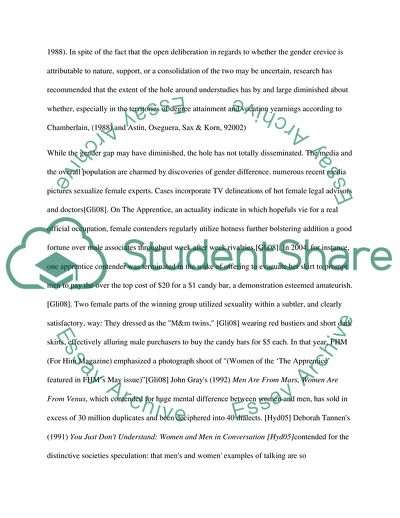Cite this document
(Analyzing the Persistence of Gender Inequality Assignment Example | Topics and Well Written Essays - 3250 words - 1, n.d.)
Analyzing the Persistence of Gender Inequality Assignment Example | Topics and Well Written Essays - 3250 words - 1. https://studentshare.org/gender-sexual-studies/1827511-gender
Analyzing the Persistence of Gender Inequality Assignment Example | Topics and Well Written Essays - 3250 words - 1. https://studentshare.org/gender-sexual-studies/1827511-gender
(Analyzing the Persistence of Gender Inequality Assignment Example | Topics and Well Written Essays - 3250 Words - 1)
Analyzing the Persistence of Gender Inequality Assignment Example | Topics and Well Written Essays - 3250 Words - 1. https://studentshare.org/gender-sexual-studies/1827511-gender.
Analyzing the Persistence of Gender Inequality Assignment Example | Topics and Well Written Essays - 3250 Words - 1. https://studentshare.org/gender-sexual-studies/1827511-gender.
“Analyzing the Persistence of Gender Inequality Assignment Example | Topics and Well Written Essays - 3250 Words - 1”. https://studentshare.org/gender-sexual-studies/1827511-gender.


